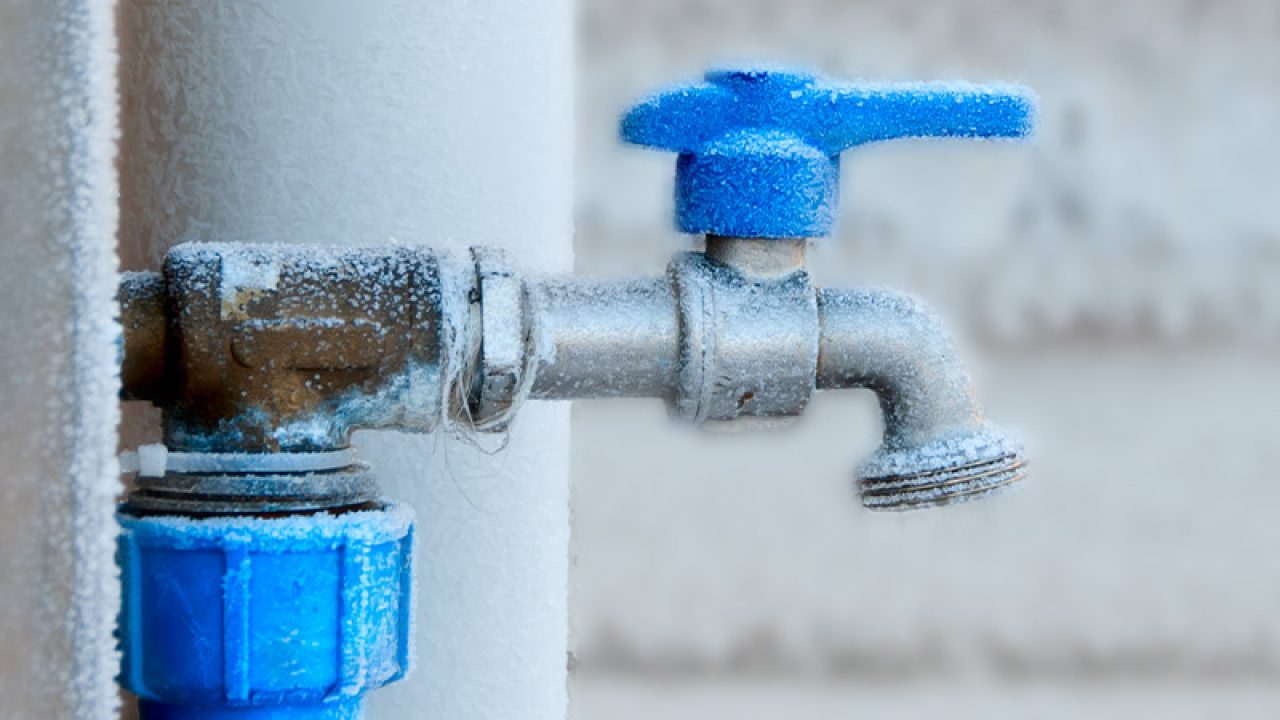We have stumbled on this article about How to Prevent Your Pipes From Freezing below on the web and believe it made sense to talk about it with you on this page.

Cold weather can damage your plumbing, particularly by freezing pipes. Below's just how to prevent it from occurring and what to do if it does.
Intro
As temperatures drop, the risk of icy pipelines boosts, potentially resulting in costly fixings and water damages. Comprehending how to stop frozen pipes is critical for home owners in chilly environments.
Comprehending Frozen Pipes
What causes pipelines to ice up?
Pipes ice up when exposed to temperature levels below 32 ° F (0 ° C) for prolonged periods. As water inside the pipelines freezes, it broadens, taxing the pipeline walls and potentially creating them to burst.
Risks and damages
Frozen pipelines can cause water disruptions, property damages, and pricey fixings. Burst pipes can flood homes and create comprehensive architectural damages.
Indicators of Frozen Piping
Recognizing icy pipes early can prevent them from rupturing.
Exactly how to recognize frozen pipelines
Look for lowered water flow from faucets, uncommon odors or sounds from pipelines, and noticeable frost on revealed pipes.
Avoidance Tips
Shielding vulnerable pipes
Cover pipelines in insulation sleeves or utilize warmth tape to shield them from freezing temperature levels. Focus on pipelines in unheated or exterior locations of the home.
Heating techniques
Keep interior spaces adequately heated, particularly areas with plumbing. Open up cabinet doors to permit warm air to flow around pipes under sinks.
Protecting Outside Pipes
Yard hoses and outdoor faucets
Detach and drain pipes yard tubes prior to winter. Install frost-proof spigots or cover outdoor faucets with insulated caps.
What to Do If Your Pipes Freeze
Immediate actions to take
If you suspect frozen pipes, keep taps open up to relieve stress as the ice thaws. Utilize a hairdryer or towels soaked in warm water to thaw pipelines slowly.
Long-Term Solutions
Architectural adjustments
Consider rerouting pipelines away from exterior wall surfaces or unheated areas. Include additional insulation to attic rooms, cellars, and crawl spaces.
Updating insulation
Buy premium insulation for pipelines, attics, and walls. Correct insulation assists keep constant temperature levels and decreases the threat of frozen pipes.
Verdict
Avoiding icy pipelines requires positive actions and quick reactions. By comprehending the reasons, indicators, and preventive measures, property owners can secure their pipes throughout winter.
5 Ways to Prevent Frozen Pipes
Drain Outdoor Faucets and Disconnect Hoses
First, close the shut-off valve that controls the flow of water in the pipe to your outdoor faucet. Then, head outside to disconnect and drain your hose and open the outdoor faucet to allow the water to completely drain out of the line. Turn off the faucet when done. Finally, head back to the shut-off valve and drain the remaining water inside the pipe into a bucket or container. Additionally, if you have a home irrigation system, you should consider hiring an expert to clear the system of water each year.
Insulate Pipes
One of the best and most cost-effective methods for preventing frozen water pipes is to wrap your pipes with insulation. This is especially important for areas in your home that aren’t exposed to heat, such as an attic. We suggest using foam sleeves, which can typically be found at your local hardware store.
Keep Heat Running at 65
Your pipes are located inside your walls, and the temperature there is much colder than the rest of the house. To prevent your pipes from freezing, The Insurance Information Institute suggests that you keep your home heated to at least 65 degrees, even when traveling. You may want to invest in smart devices that can keep an eye on the temperature in your home while you’re away.
Leave Water Dripping
Moving water — even a small trickle — can prevent ice from forming inside your pipes. When freezing temps are imminent, start a drip of water from all faucets that serve exposed pipes. Leaving a few faucets running will also help relieve pressure inside the pipes and help prevent a rupture if the water inside freezes.
Open Cupboard Doors
Warm your kitchen and bathroom pipes by opening cupboards and vanities. You should also leave your interior doors ajar to help warm air circulate evenly throughout your home.

I hope you enjoyed reading our topic on Prevent Frozen Pipes . Thanks for spending some time to read our blog post. Do you know somebody else who is occupied with the niche? Feel free to share it. Thank-you for taking the time to read it.
Schedule A Service